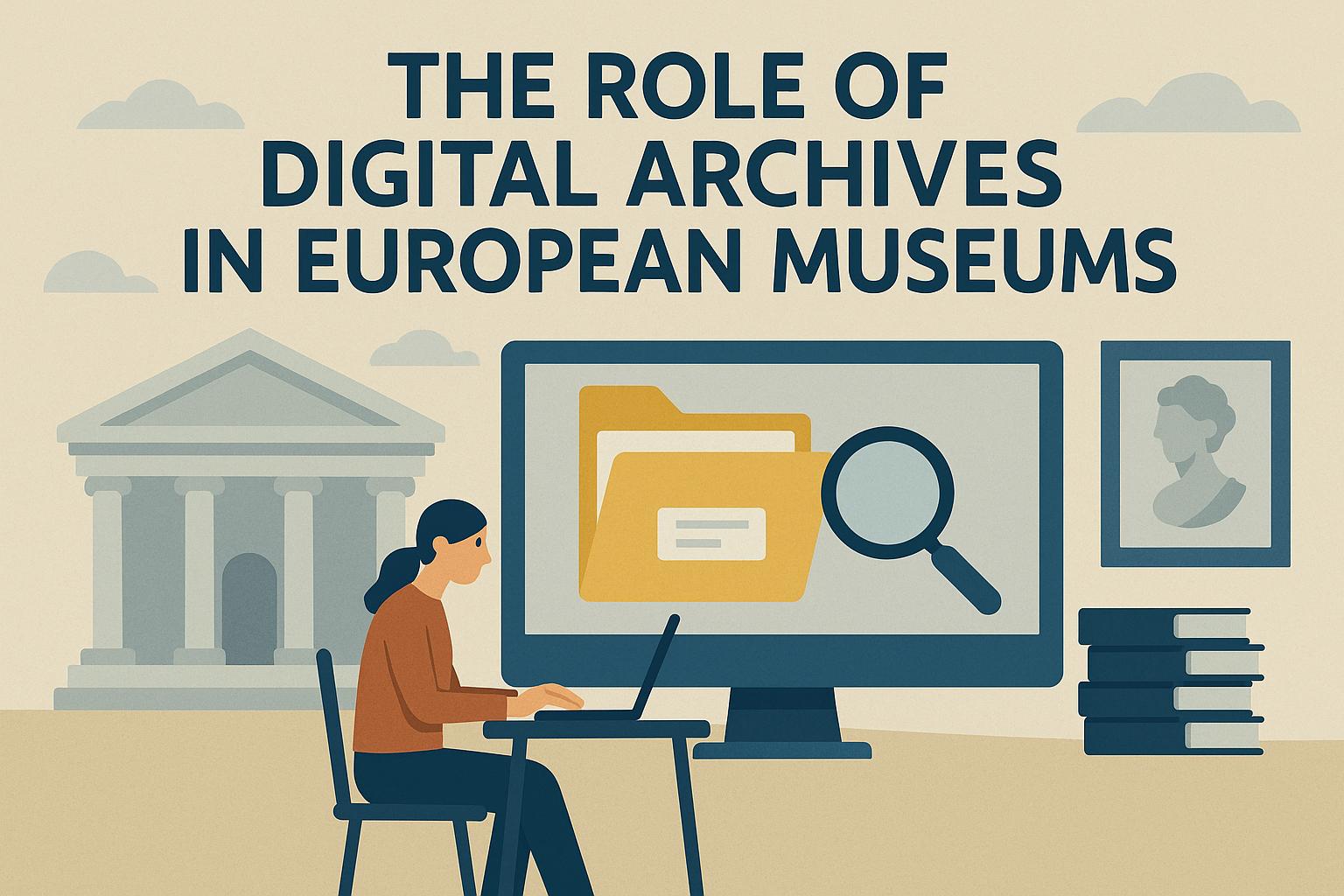Introduction to Digital Archives in European Museums
Digital archives are significantly reshaping how European museums preserve, manage, and exhibit their vast array of collections. With the rapid advances in technology, these institutions are increasingly turning to digital methods to improve accessibility and engage a broader audience. The integration of digital archives into museum practices fosters a more comprehensive understanding of cultural heritage and ensures the ongoing preservation of both historical and contemporary artifacts for generations to come.
The Significance of Digital Archives
Digital archives hold immense significance in the context of museums, serving multiple essential purposes. Primarily, they act as a robust repository of information. By digitizing collections, museums can safeguard valuable data that might otherwise deteriorate or become damaged over time. Digital storage solutions also offer the advantage of reducing the physical space needed to house extensive collections, making it easier to manage large volumes of artifacts.
Moreover, digital archives significantly enhance the research and educational potential of museums by providing artists, historians, and scholars with easily accessible resources. This accessibility fosters greater collaboration across institutions and promotes the sharing of cultural insights on a global scale. For those interested in understanding the mechanics of digital archives, platforms such as Europeana offer access to millions of digitized items from various European heritage institutions.
Enhancing Accessibility and Engagement
One of the most vital components of digital archives is their role in enhancing accessibility for diverse audiences. Online collections transcend geographical boundaries, making European cultural heritage accessible to individuals around the world. Through technologies like virtual museum tours and detailed digital reproductions, museums can offer immersive experiences that go beyond what traditional physical exhibitions can achieve.
These digital platforms also enable museums to reach and engage a range of demographic groups, particularly younger audiences who are more inclined to interact with digital media. By incorporating interactive elements into their offerings, museums can foster deeper levels of engagement and appreciation for the collections they exhibit, ultimately broadening their educational and cultural impact.
Challenges in Implementing Digital Archives
Despite the numerous advantages of digital archives, their implementation is not without challenges. One of the primary obstacles museums face is financial in nature. The digitization process entails significant investments in advanced technology and hiring skilled professionals to ensure the quality and accuracy of digitized content.
Additionally, the management and maintenance of digital archives require ongoing updates and preservation strategies to address potential issues like the obsolescence of digital formats. Museums also need to navigate complex intellectual property rights when making collections publicly accessible online, ensuring that they adhere to legal frameworks and ethical considerations.
Future Prospects of Digital Archives
The outlook for digital archives in European museums is undeniably promising. As technology evolves, so too will the capabilities and scope of digital archival projects. Emerging technologies such as artificial intelligence and augmented reality are expected to enhance user experiences by providing richer and more interactive interfaces for exploring museum collections. These technologies can offer new ways for users to interact with and understand artifacts, providing contextual insights that are not possible through traditional means.
Furthermore, as public interest and investment in the preservation of cultural heritage grow, museums are likely to receive more support, both financially and politically, to expand their digital ventures. Increased focus on cultural heritage and education will drive further development and integration of digital archives in museums, reinforcing their role as custodians of the world’s cultural legacy.
In conclusion, digital archives are playing an increasingly crucial role in defining the future of European museums. By leveraging these technologies, museums can enhance the preservation of their collections while simultaneously expanding their reach to educate a global audience. The adoption of digital archives is not merely a technical shift; it marks a fundamental transformation in how museums connect with their audiences and fulfill their role in society. As such, digital archives not only ensure the protection and endurance of the past but also contribute to shaping the cultural and educational landscapes of the future.

